
Our Packages
Don’t just dream about your next adventure—make it happen! Explore our packages and book now to start creating memories that will last a lifetime.

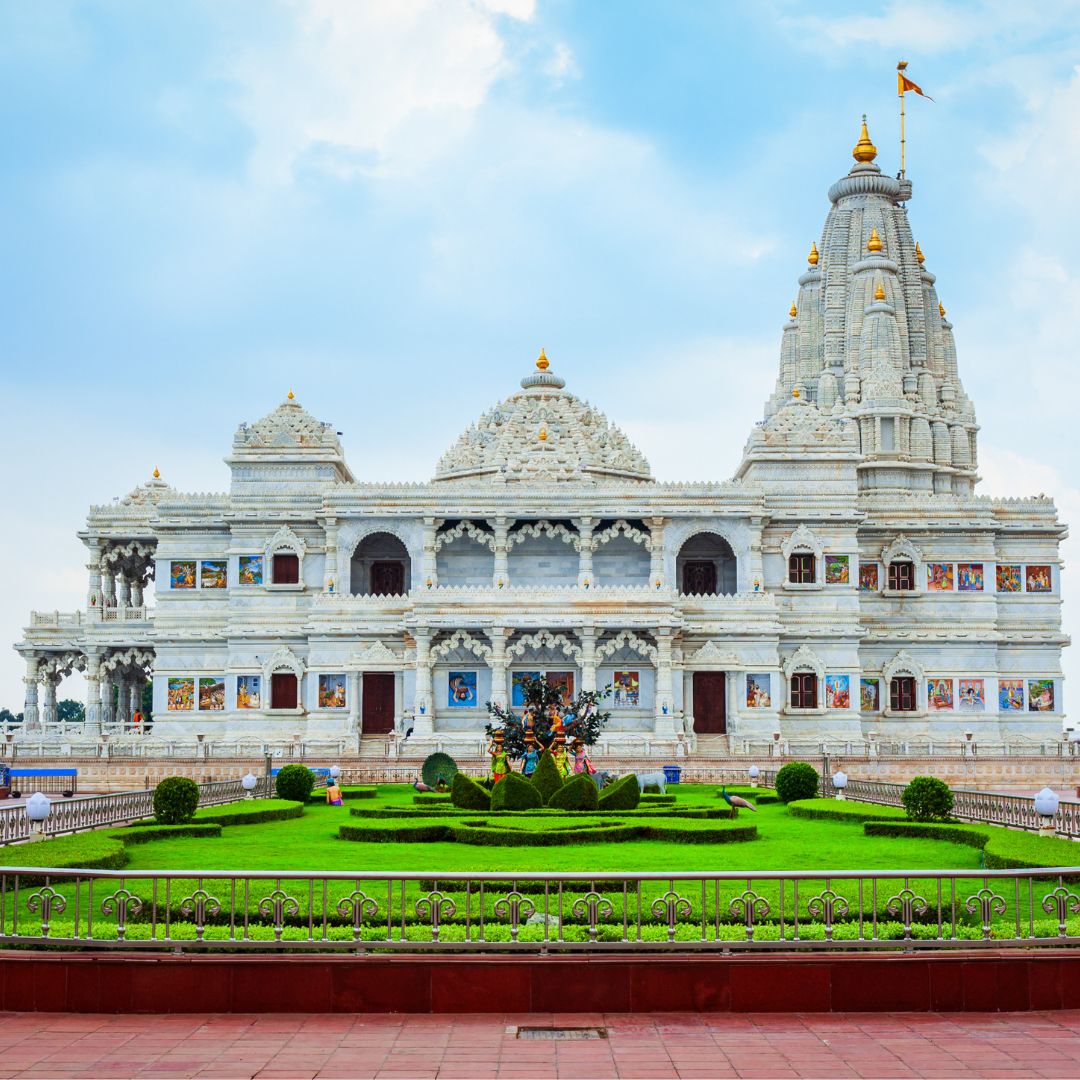
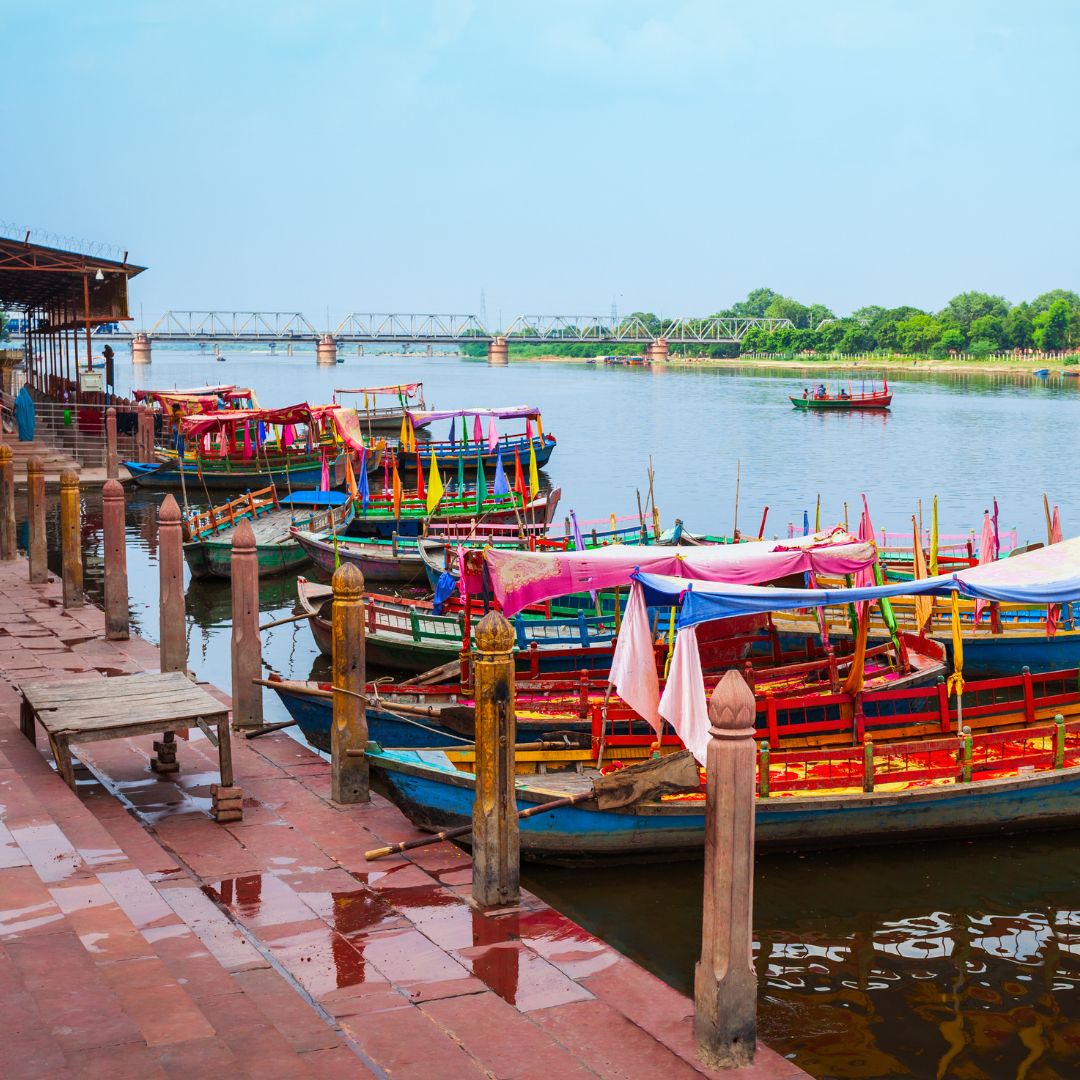
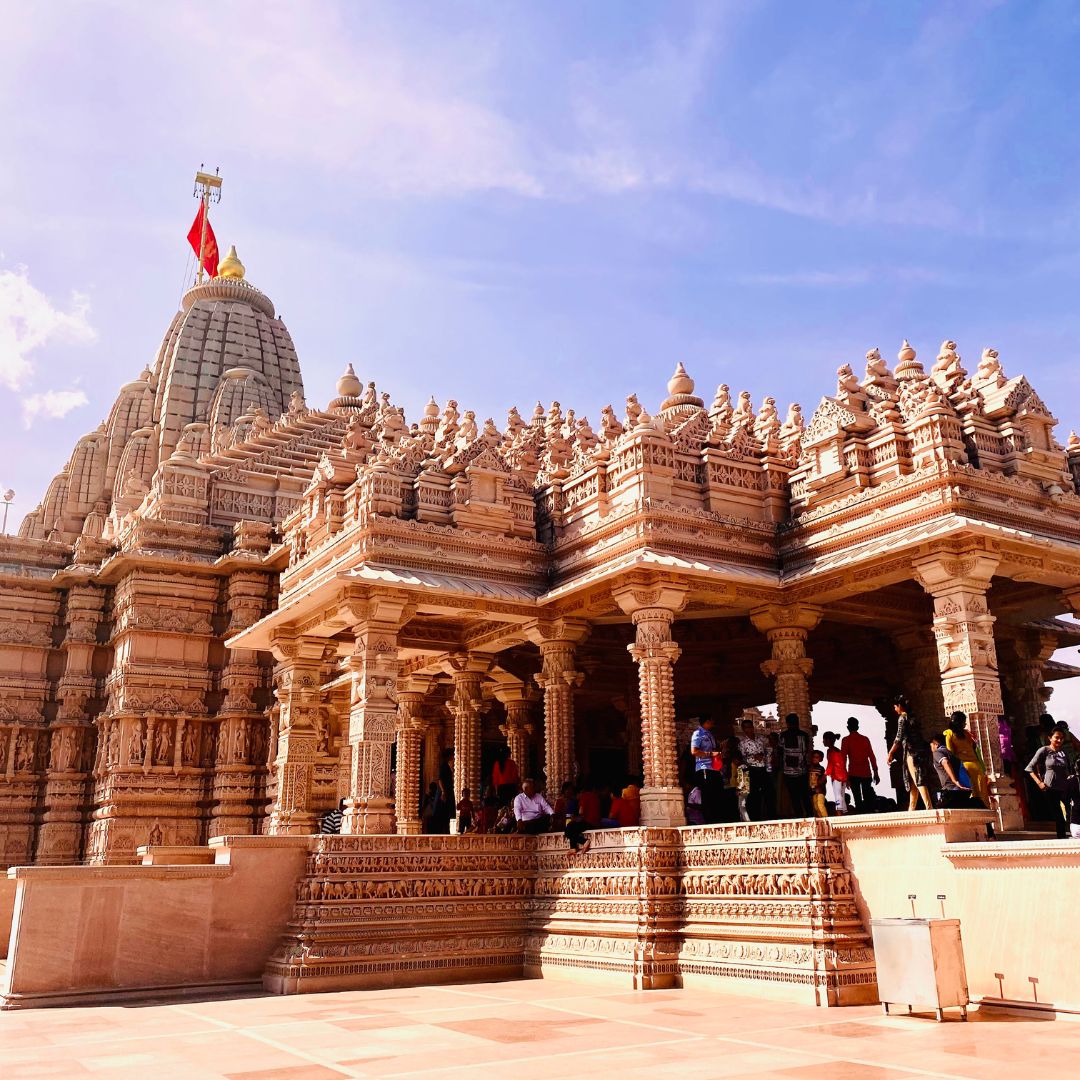
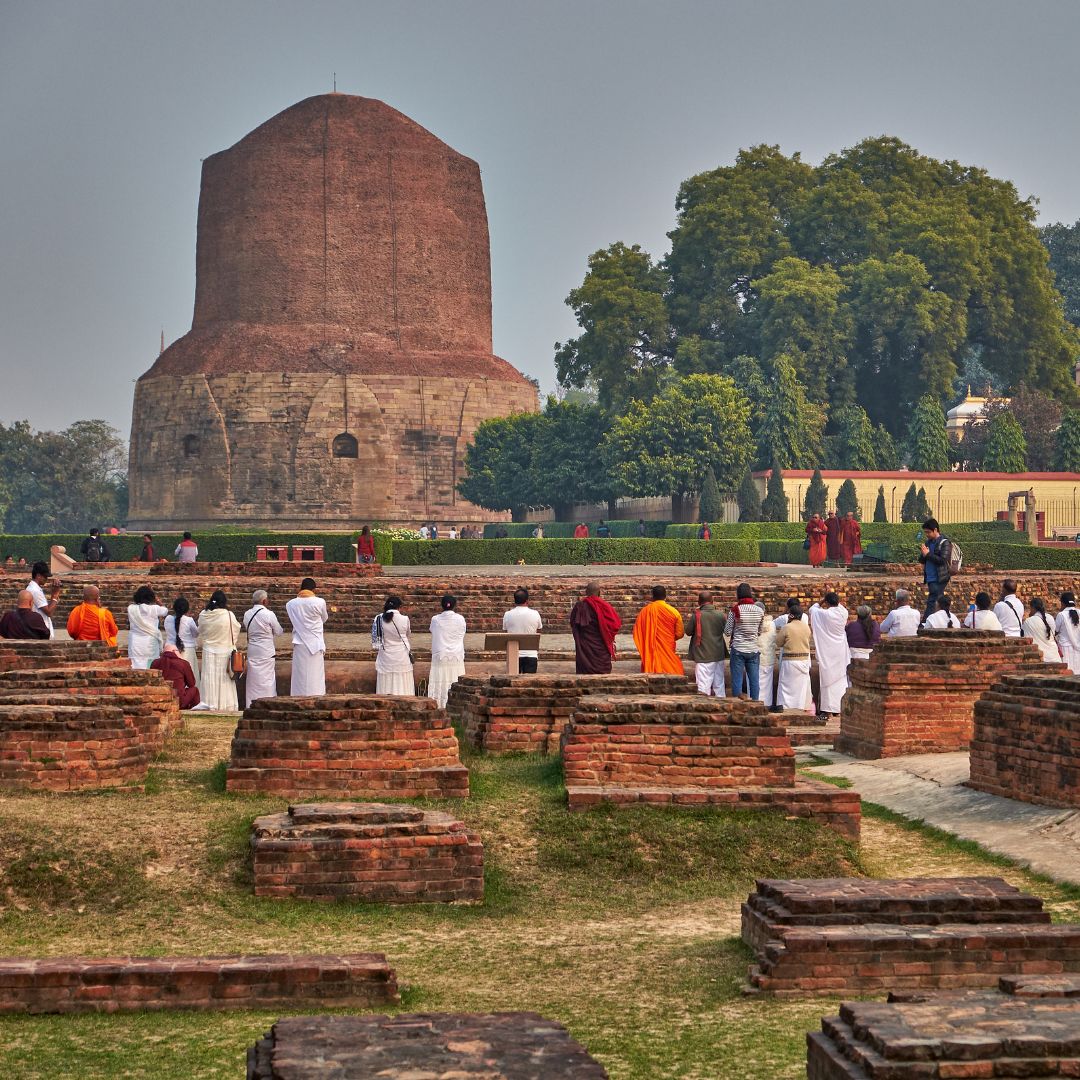

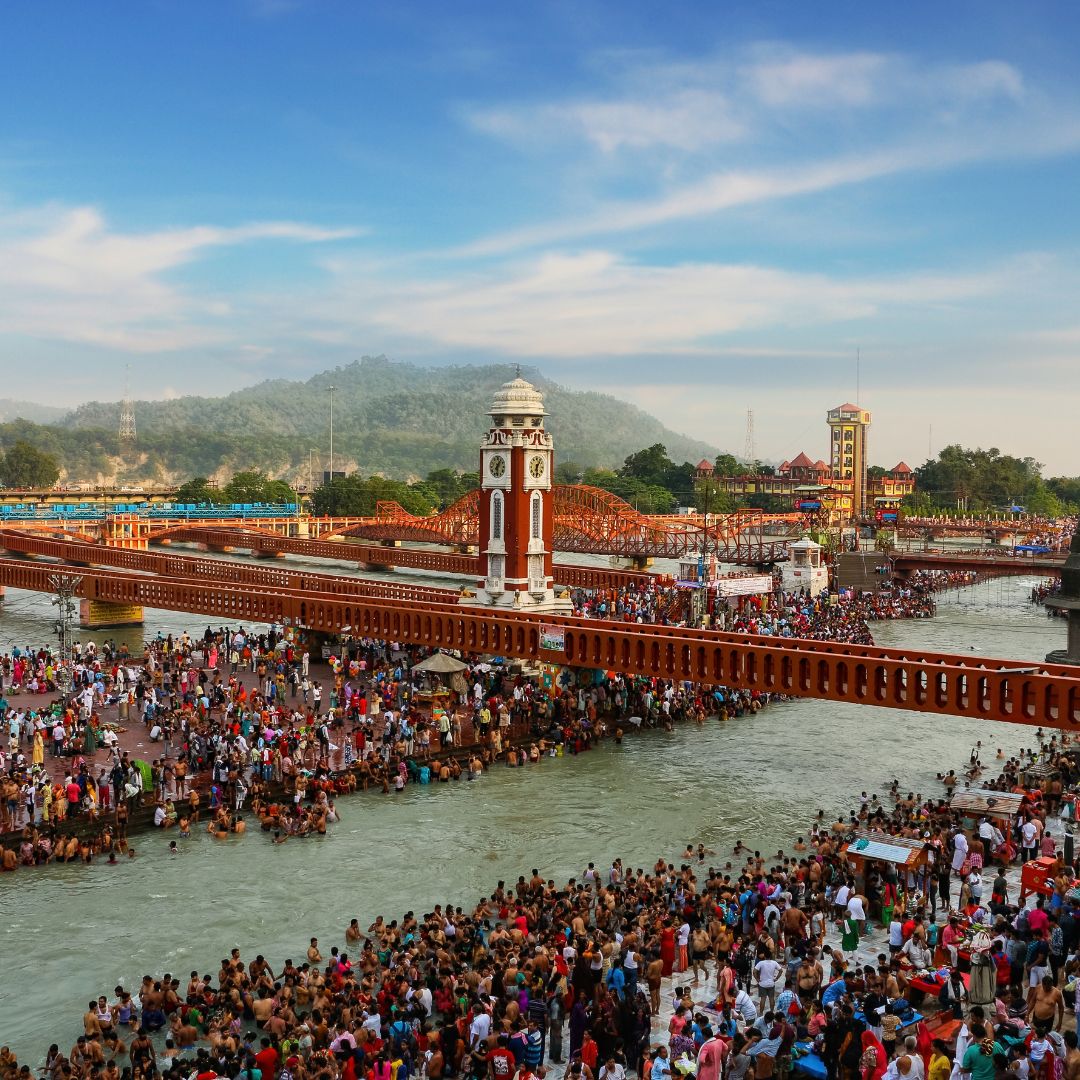
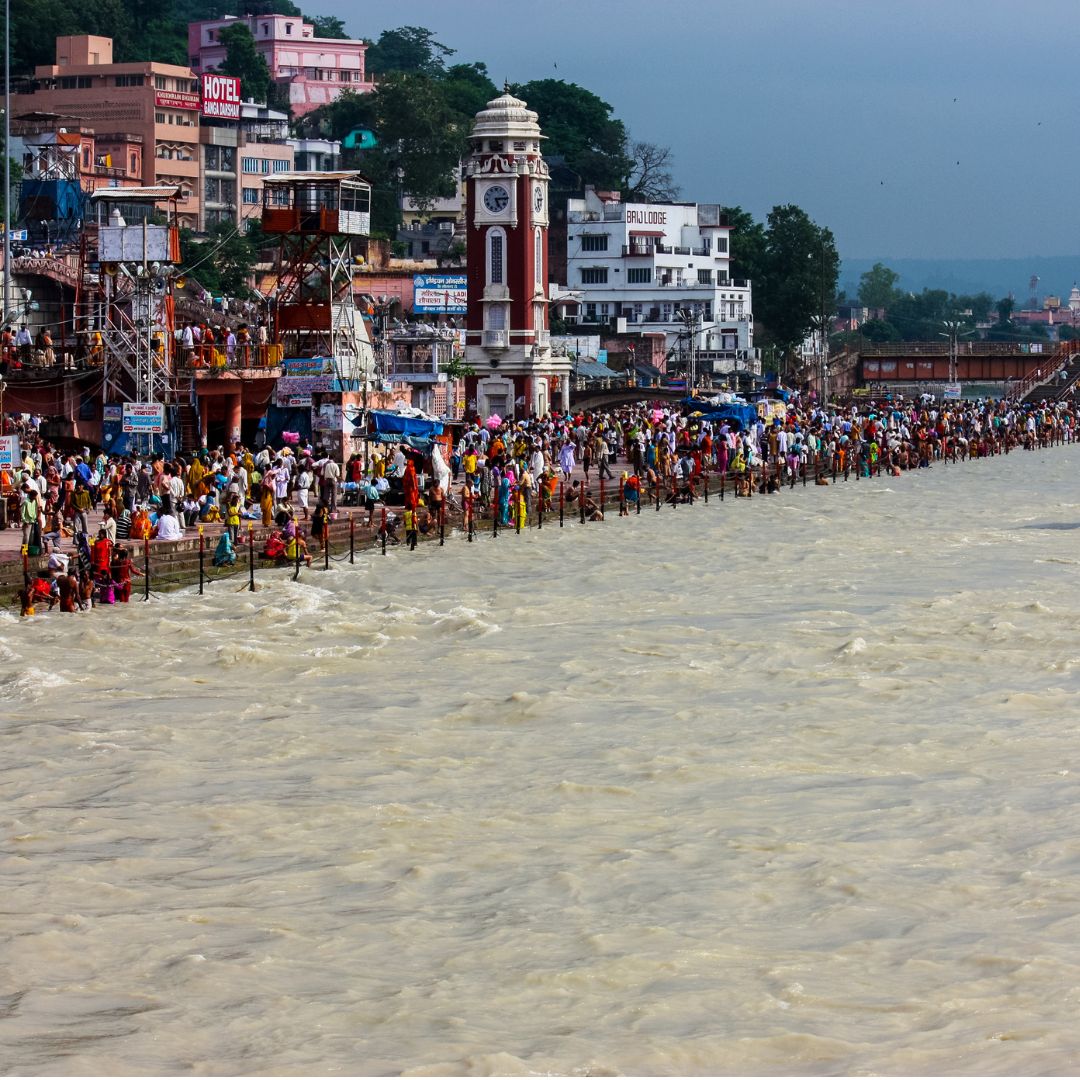
Varanasi
Shri Kashi Vishwanath Temple
Shri Kashi Vishwanath Temple, often referred to as just Kashi Vishwanath, is one of the most renowned and revered temples dedicated to Lord Shiva. The temple has a long and storied history, with references dating back to ancient scriptures. It has undergone several renovations and constructions over the centuries, and its current structure is a result of multiple restorations.The temple is located in the holy city of Varanasi, also known as Kashi. It stands on the western bank of the sacred river Ganga.
Jyotirlinga: The Kashi Vishwanath Temple is one of the twelve Jyotirlingas, which are considered the most sacred and significant shrines of Lord Shiva. Each of these Jyotirlingas represents a distinctive manifestation of Lord Shiva.
Main Deity: The presiding deity of the temple is Lord Shiva, who is known by the name Vishvanath or Vishveshvar, signifying “Ruler of The Universe.” Lord Shiva, as Vishvanath, is the central deity of worship in this temple.
Religious Significance: The Kashi Vishwanath Temple holds immense religious significance for Hindus. It is believed that a visit to this temple and a glimpse of the Jyotirlinga can bestow spiritual blessings and liberation (moksha) to devotees.
Ghats and Rituals: Varanasi is known for its numerous ghats along the Ganga, and the temple is an integral part of the city’s religious life. Rituals and ceremonies are regularly conducted at the temple and its surroundings.



Kaal Bhairav Mandir
Kaal Bhairav Mandir is one of the oldest and most significant Shiva temples located in Varanasi, India. Situated in Bharonath, Vishweshwarganj, Varanasi, which is one of the holiest and most revered cities in Hinduism.Dedicated to Lord Shiva, and specifically to the fierce and formidable aspect of Lord Shiva known as Kaal Bhairav. Kaal Bhairav is often depicted as a fierce deity associated with time and destruction.
Historical Significance: This temple is known for its historical and cultural significance. It is one of the oldest temples in Varanasi, and its existence is deeply intertwined with the city’s rich religious heritage.
Religious Practices: Devotees visit the Kaal Bhairav Mandir to offer prayers, make offerings, and seek the protection and guidance of Lord Kaal Bhairav. Rituals and ceremonies are regularly conducted at the temple.



Sankat Mochan Hanuman Temple
Sankat Mochan Hanuman Temple is a well-known and revered Hindu temple dedicated to Lord Hanuman. It holds historical and religious significance and has a strong association with the renowned Hindu preacher and poet saint, Sri Goswami Tulsidas. Dedicated to Lord Hanuman, one of the most beloved deities in Hinduism who is known for his unwavering devotion to Lord Rama and his incredible strength and valor.The temple is regarded as a place where devotees come to seek solace, blessings, and protection from Lord Hanuman.
Founder: The temple was established by the famous Hindu preacher and poet saint Sri Goswami Tulsidas. Sri Tulsidas is renowned for his literary contributions, including the epic poem “Ramcharitmanas,” which narrates the life and exploits of Lord Rama.
Historical Background: The temple has a long and storied history, with its origins dating back to the early 16th century. It has been a centre of devotion and worship for centuries. As the folklore goes the temple bears the oldest Water Well that was dug by Lord Hanuman when Goswami Tulsi Das ji was thirsty during his arduous work in composing Ramayana and did not have time to get water from the nearby Assi River.
Location: The Sankat Mochan Hanuman Temple is situated on the banks of the Assi River, providing a serene and spiritual setting for devotees and visitors.
Bhajans and Aartis: The temple hosts regular bhajan (devotional song) sessions and aartis (ritual offerings) that draw devotees and create a spiritually charged atmosphere.
Community Engagement: The temple also actively engages in community service and philanthropic activities, embodying the spirit of selfless service and devotion.



Bharat Mata Temple
Bharat Mata Temple, also known as the Bharat Mata Mandir, is a unique and unconventional temple located on the campus of Mahatma Gandhi Kashi Vidyapith in Varanasi, India. Unlike traditional temples that feature statues of gods and goddesses, this temple has a distinctive and symbolic representation of India. What sets this temple apart is its unconventional design. Instead of housing traditional idols or deities, the temple features a massive and intricately carved marble map of undivided India.
Symbolic Representation: The central focus of the temple is the map of India, which is carved in great detail and precision. It represents the geographical and cultural diversity of the nation.
Patriotic and Nationalistic Theme: The temple is dedicated to the idea of Bharat Mata, which translates to “Mother India.” It symbolizes the sentiment of reverence and love for the nation itself. The temple embodies a strong sense of patriotism and nationalistic pride.The temple’s unique approach encourages a sense of national unity and pride in the country’s history and diversity.



Ganga Ghats
Visiting the Ganga Ghats and witnessing the Ganga Aarti in Varanasi is a profoundly spiritual and cultural experience.
About Ganga Ghats:
Riverfront Steps: The ghats in Varanasi are a series of riverfront steps leading to the banks of the sacred River Ganges. They are a unique feature of the city, and there are a total of 88 ghats along the river.
Bathing and Puja: Many of the ghats serve as places for people to take ritual baths in the holy Ganges and perform religious ceremonies and pujas. They are considered purifying and spiritually significant.
Cremation Sites: Two of the ghats, Manikarnika Ghat and Harishchandra Ghat, are exclusively used as cremation sites. These are places where the final rites are performed for the deceased, and they play a vital role in the cycle of life and death in Hinduism.
Mythological Significance: The name “Manikarnika” is associated with a mythological story that suggests that the ear ornament (Manikarnika) of Goddess Sati fell at this location, when Lord Vishnu severed the dead body of Sati in 51 parts, thus sanctifying the ghat.
- Ritual: The Ganga Aarti is a mesmerizing evening ritual that occurs just after sunset. The timing of the Aarti varies with the season but is typically held in the early evening.
- Illumination: The entire Dashashwamedh Ghat comes alive with the glow of thousands of oil lamps and the divine light from the Aarti. The atmosphere is enchanting, and the flickering flames create a magical ambience.
- Priests and Mantras: During the Aarti, a group of skilled priests clad in traditional attire perform the ritual. They carry large brass lamps filled with oil and offer them to the river while chanting sacred mantras. The echoes of these mantras fill the air, creating a spiritually charged environment.
- Devotion and Faith: Devotees and tourists gather along the ghats to witness the Aarti, offering prayers and watching the ceremony with deep reverence and faith.
- Cultural Experience: The Ganga Aarti is not only a religious ritual but also a significant cultural experience. It showcases the deep connection of the city and its people to the Ganges, which is revered as a goddess and a life-giving force.




